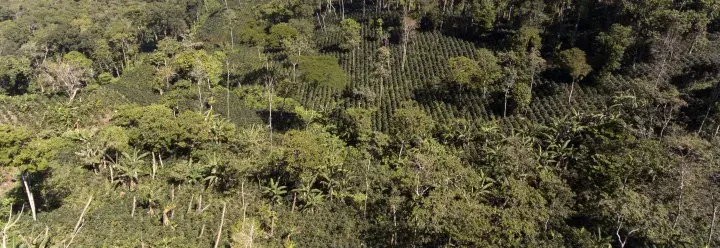Polygon data can provide huge benefits to sustainability systems if collected and used effectively. Recognising this, we have produced a package of tools and guidance on the benefits of polygon data and how to collect it.
Starting the polygon data journey
Polygon data is a form of location data. Its value was first recognised through ISEAL’s Certification Atlas project. Since then, we have been working with members to develop materials that explain and illustrate its value and provide support for sustainability systems to collect it.
Ways to apply polygon data
Polygon location data can be used to map areas of certified activities. The comparison of certified activity area polygons with other forms of spatial information (e.g. deforestation and poverty rates) provides useful insights. This can be very powerful for decision making and communication.
As polygon data provides a more accurate understanding of an area than self-reported information, it can also be incredibly useful for exploring performance (e.g. yields) and even reporting impacts. All of this contributes to directing on the ground activities such as audits and programmes, and to improving transparency with supply chain actors.
The video below and the summary document present these benefits in more detail. A guidance document and series of training videos (accessible with ISEAL member log in) also provides ISEAL members with support and direction for collecting the data.



